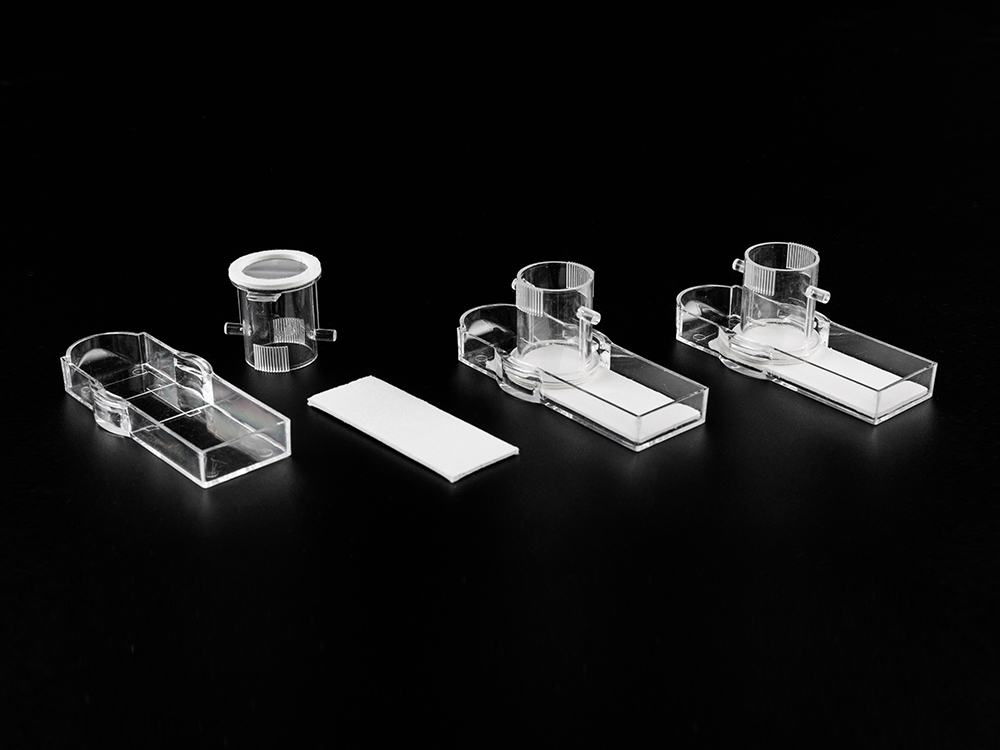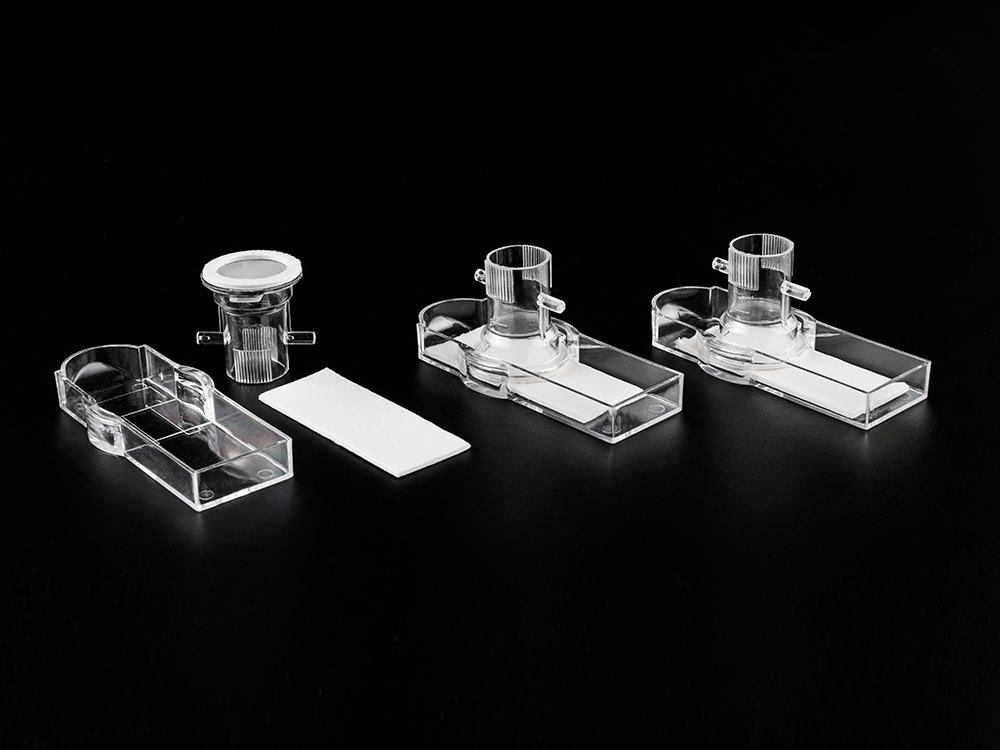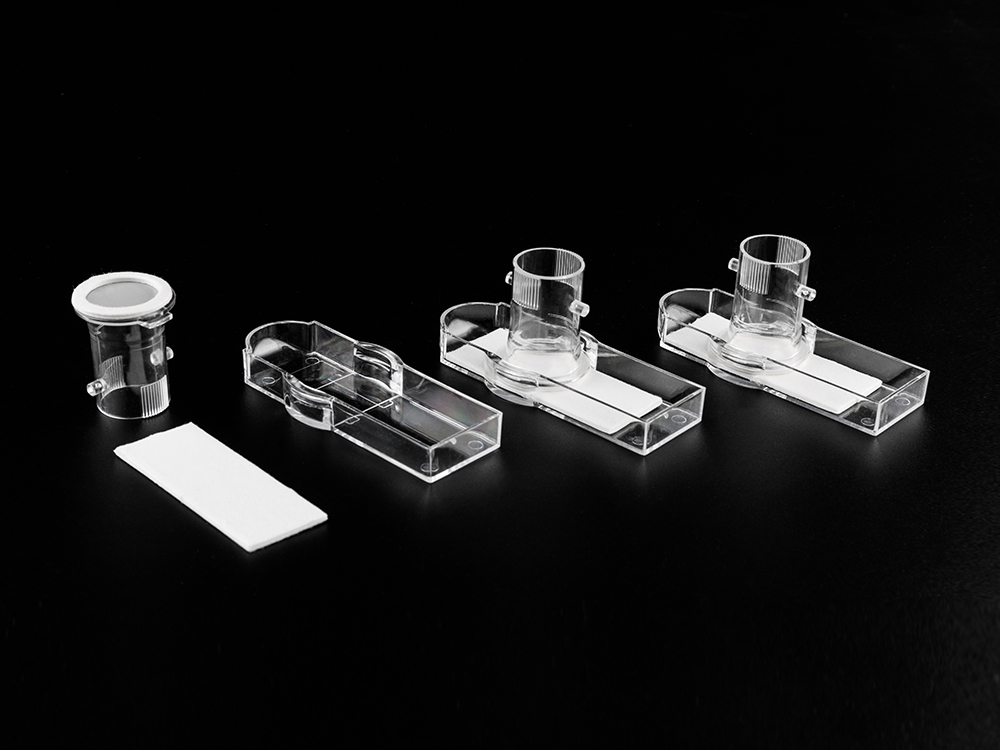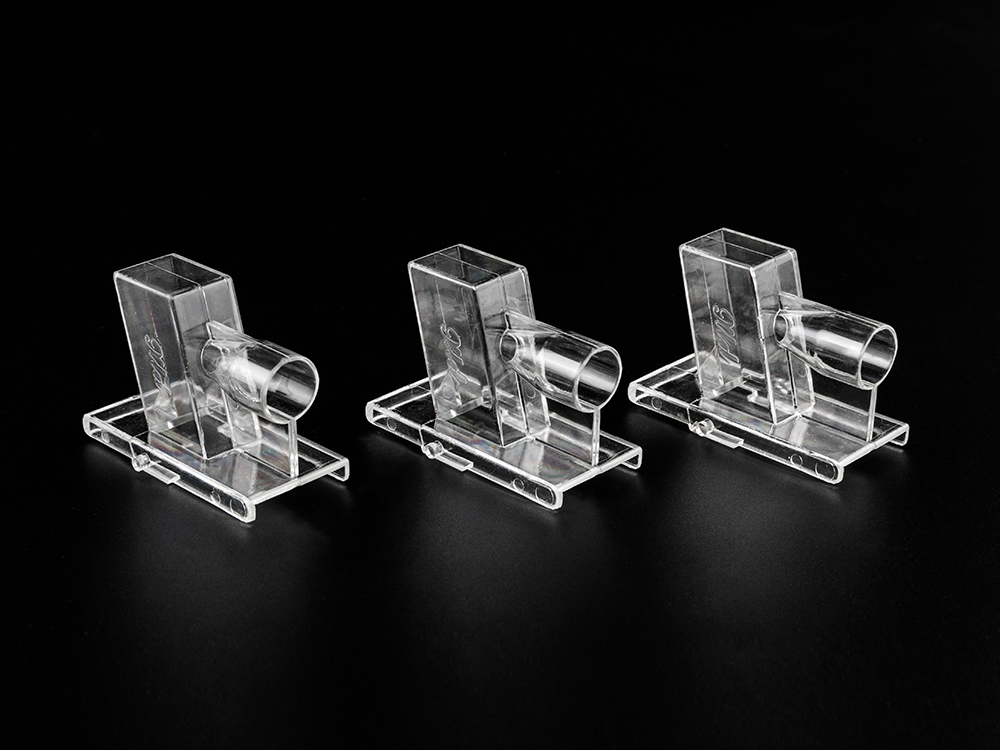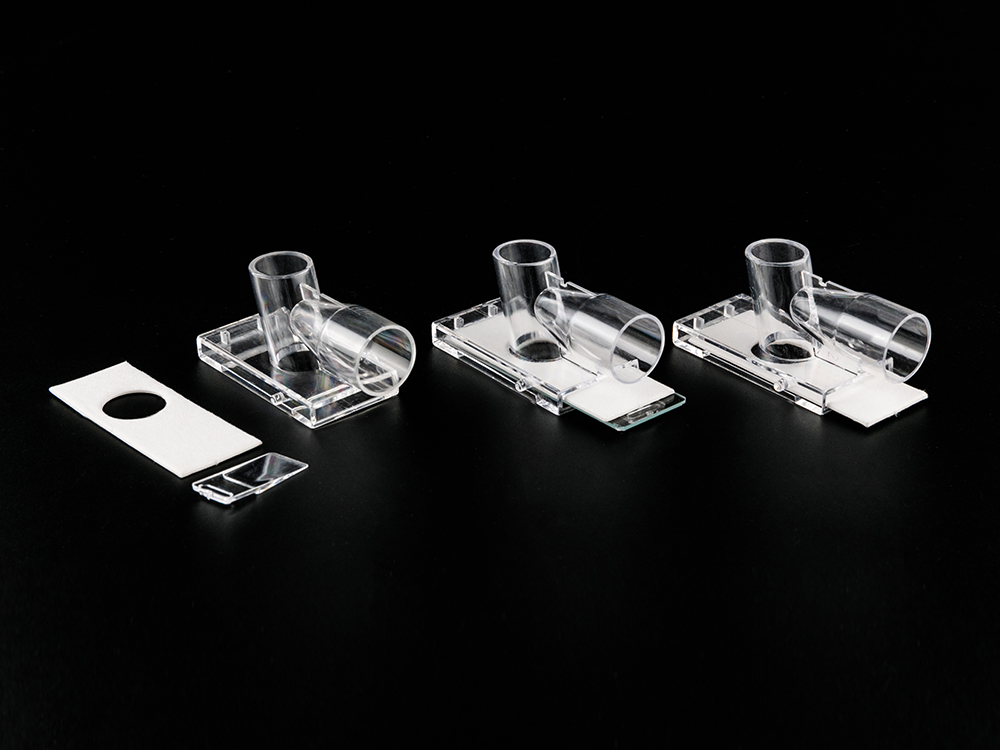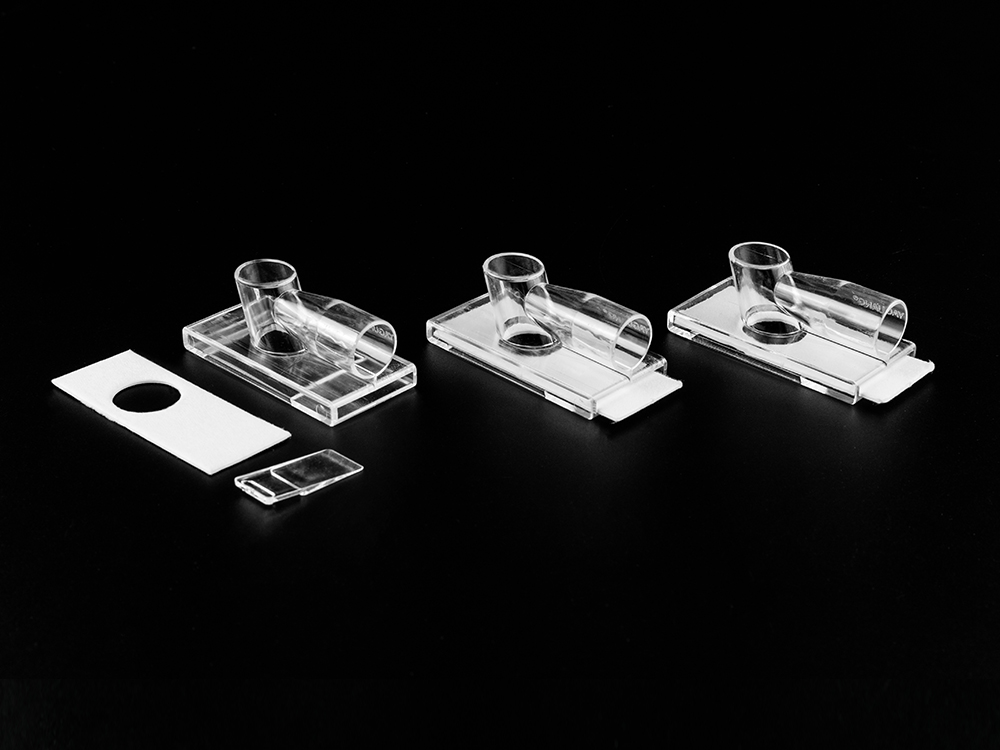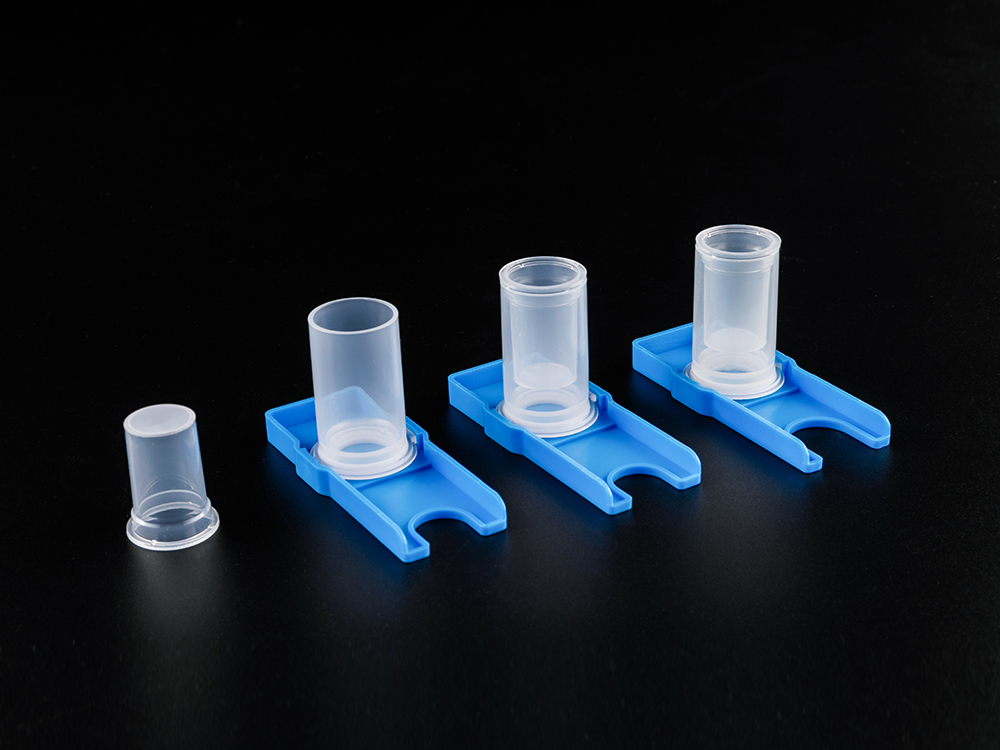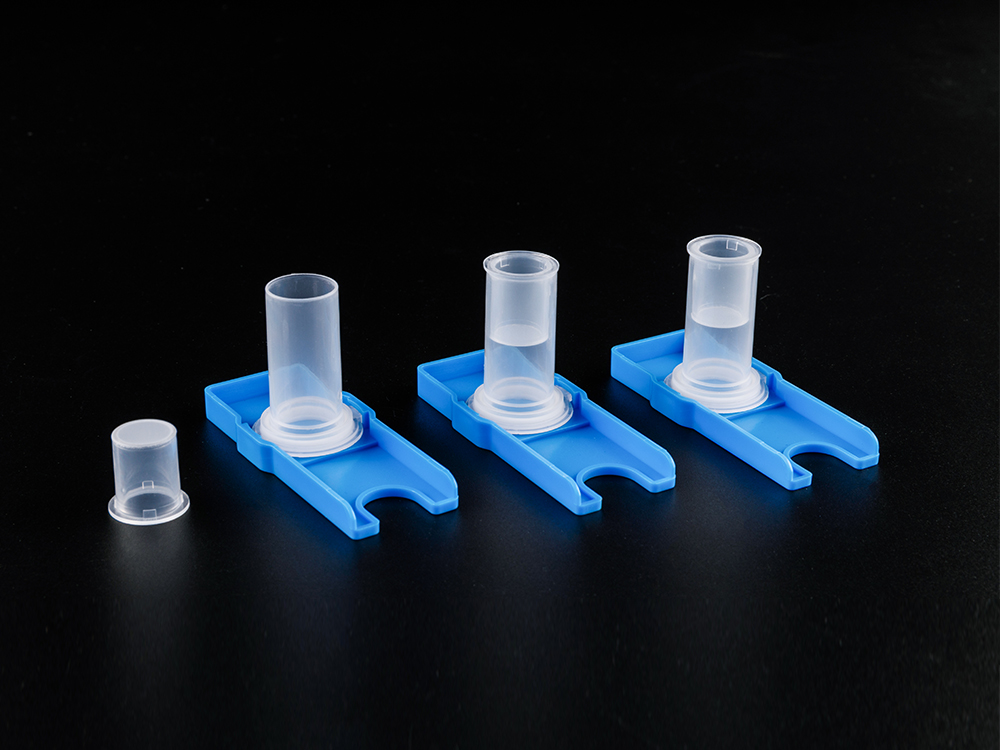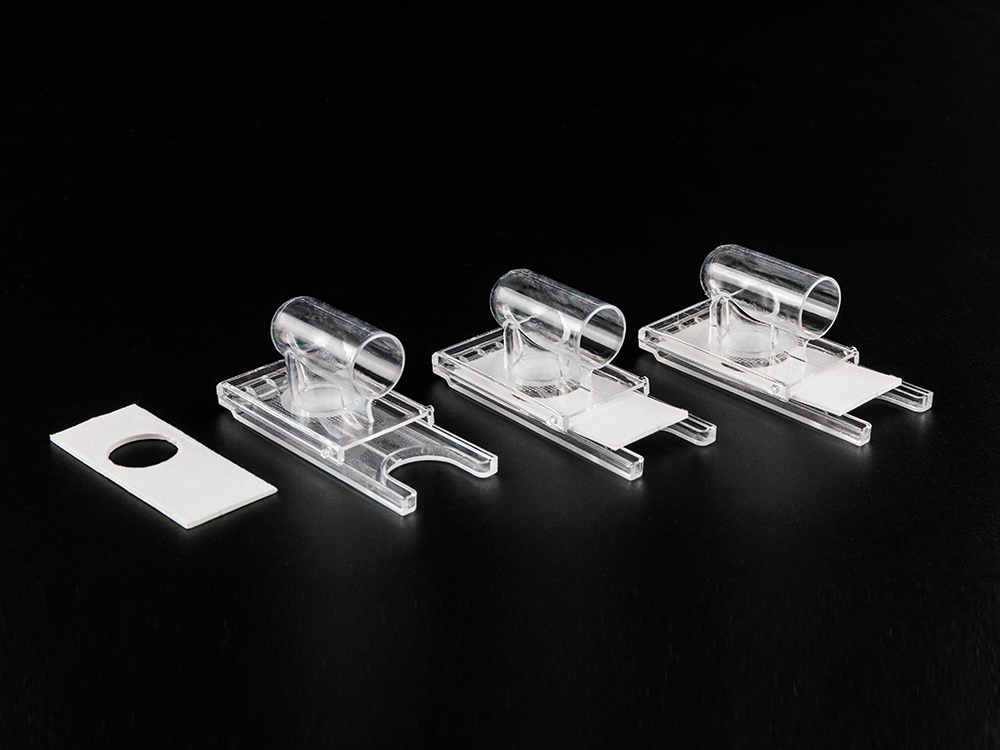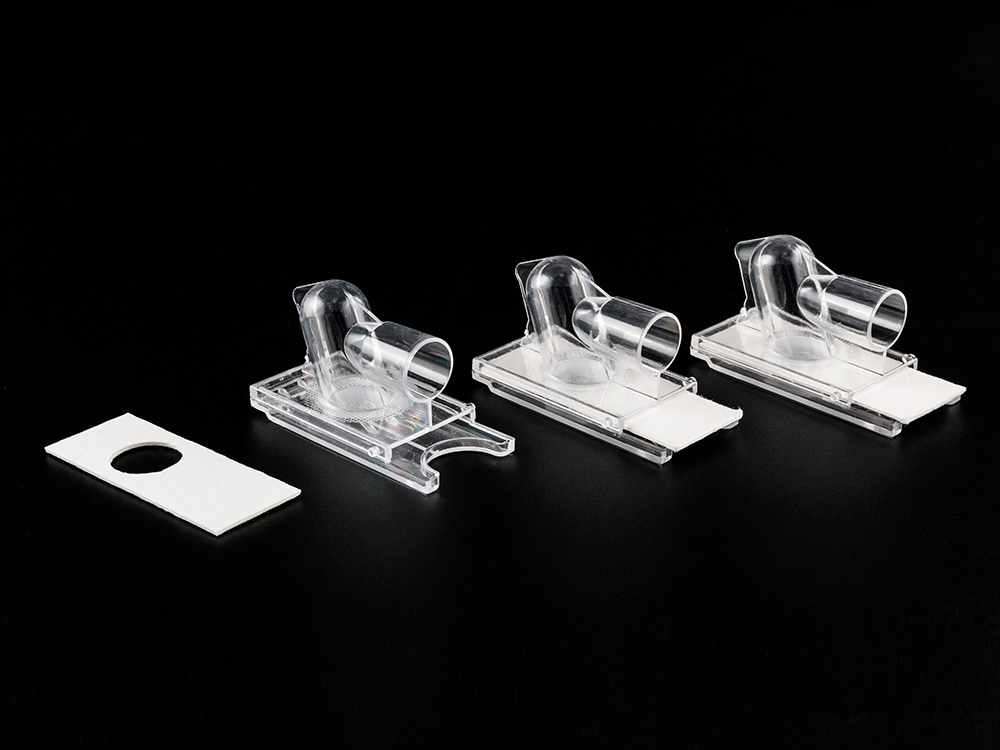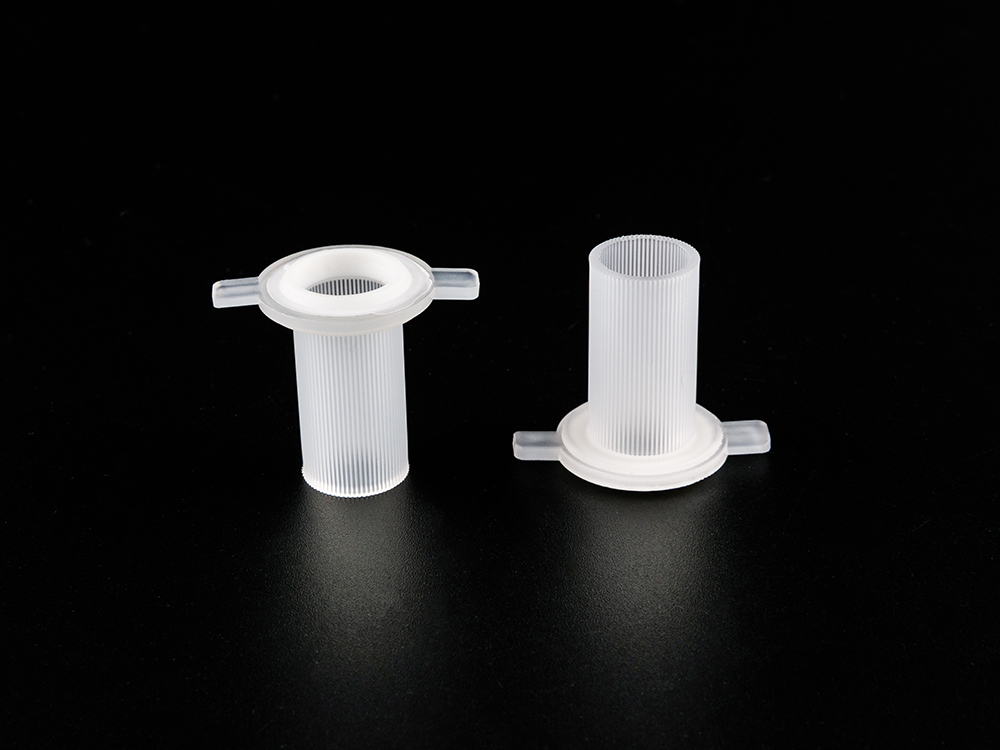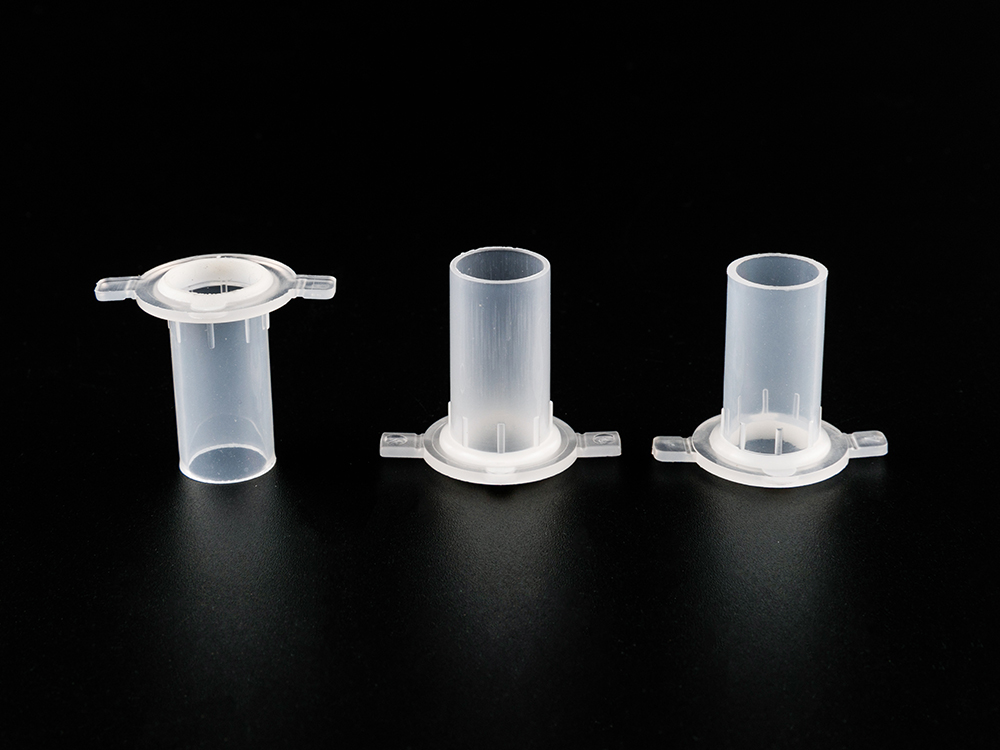What Are Cryovials?
Cryovials are specialized storage tubes designed to withstand the extreme conditions of cryogenic storage. They are typically made from medical-grade polypropylene, a durable plastic material that offers both chemical resistance and structural integrity. Unlike standard sample tubes, cryovials are specifically engineered for use in ultra-low freezers and liquid nitrogen tanks, where temperatures can drop as low as -196°C.
Key design features include reinforced tube walls, secure screw caps (often with silicone O-rings), and clear markings for sample identification. These features make cryovials essential for laboratories working with sensitive biological materials.
Key Advantages of Cryovials Over Standard Sample Tubes
1. Superior Temperature Resistance
Standard sample tubes can crack or deform when exposed to temperatures below -80°C, making them unsuitable for cryogenic storage. Cryovials, however, are manufactured to tolerate a wide temperature range—from -196°C in liquid nitrogen storage to +121°C during autoclaving for sterilization. This versatility ensures that samples remain intact during freezing, thawing, and sterilization cycles.
2. Enhanced Sealing and Leak Protection
One of the biggest risks in sample storage is leakage, which can lead to contamination or sample loss. Cryovials are designed with threaded caps and sealing O-rings that create an airtight closure. This prevents evaporation, leakage, and cross-contamination, which are common problems when standard sample tubes are exposed to low temperatures.
3. Improved Safety in Cryogenic Environments
Cryovials often come in two cap designs: internal-thread and external-thread. Internal-thread vials reduce the risk of liquid nitrogen entering the tube, preventing dangerous explosions during thawing. Some cryovials also include self-standing bottoms and skirted designs, providing stability when handled with gloves or stored in racks.
4. Clear Identification and Traceability
In large laboratories, where thousands of samples may be stored, proper labeling is essential. Cryovials usually feature frosted writing surfaces, molded graduations, and even barcode or RFID compatibility. These labeling options make it easier to track samples in high-throughput workflows and prevent mix-ups.
5. Stronger Chemical and Solvent Resistance
Biological research often involves exposure to alcohols, solvents, and other chemicals. Cryovials offer better resistance to chemical corrosion compared to standard tubes, which may degrade or leach materials when exposed to harsh solvents.
6. Higher Reliability and Long-Term Cost Savings
Although cryovials are more expensive than regular sample tubes, their durability reduces the risk of losing valuable samples. For laboratories handling rare or costly specimens, the investment in cryovials pays off by preventing data loss and ensuring reproducibility in long-term studies.
Applications of Cryovials in Laboratories
Cryovials are widely used across various scientific disciplines, including:
-
Cell biology and microbiology: Preservation of cell lines, microorganisms, and tissue samples.
-
Clinical and medical research: Long-term storage of blood, serum, plasma, and biopsy materials.
-
Molecular biology and genomics: Secure freezing of DNA, RNA, and protein samples for later analysis.
-
Pharmaceutical industry: Storage of drug compounds, vaccines, and biologics during development and testing.
These applications highlight why cryovials are considered indispensable in research, diagnostics, and manufacturing.
Cost and Efficiency Considerations
At first glance, cryovials may seem like a costly alternative to standard sample tubes. However, when factoring in the risk of losing critical samples due to tube failure, contamination, or temperature intolerance, cryovials ultimately save both time and money. Laboratories gain higher efficiency by using vials that are compatible with automation systems, racking solutions, and barcoding technologies.


 中文简体
中文简体 English
English Español
Español Deutsch
Deutsch عربى
عربى